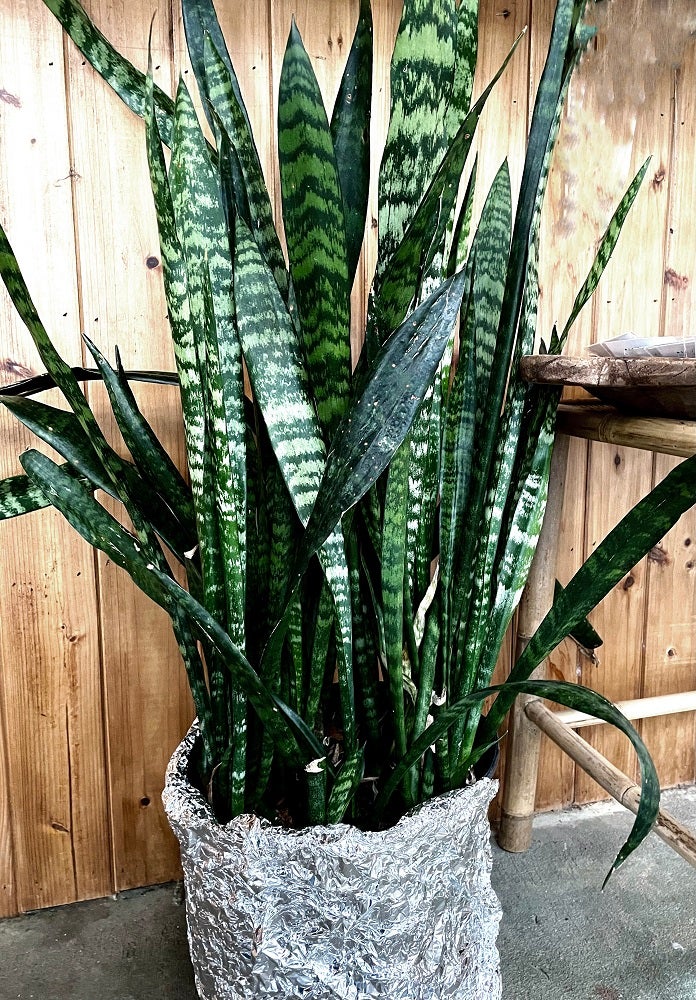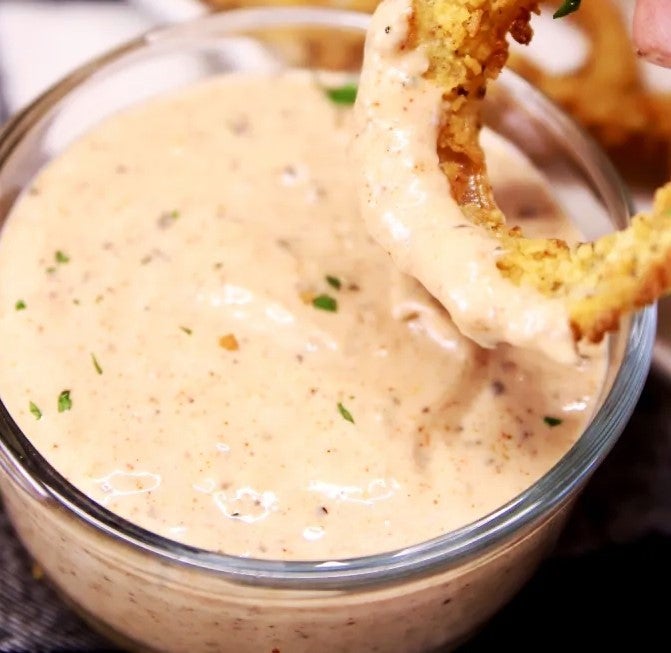Don’t eat wild mushrooms
Published 7:00 am Wednesday, August 17, 2016
Are those mushrooms, which seem to be popping up in urban landscapes over the state, safe for consumption?
Maybe – but don’t take a chance. One of the common species appearing in home lawns is the poisonous green-spored Lepiota. Ingestion of this species would definitely cause drastic sickness and several days of stomach misery.
While this species, technically classified as Chlorophyllum molybdites, isn’t as dangerous as the “Destroying Angel” and most of the deadly Amanitas species, Lepiota is best left alone. This means unless you’re an expert in the field of mycology (the study of fungi), it’s best to stick with those mushrooms down at the local supermarket.
While the Lepiota type will cause serious illness, selection of the wrong species of Amanita for cooking could lead to fatal results. Toxins from a few of the really poisonous ones are so potent that near-fatal liver damage has already occurred by the time the person realizes they’ve been poisoned. Several years ago, several members of a Mississippi family died from eating these deadly mushrooms – the mix-up in identity proved to be fatal.
Why the sudden appearance of mushrooms over the past few days? Although wild mushrooms tend to make their appearance just about any time in woodlands, pasture areas, and the home lawn, they’re more likely to appear following a few days of wet weather, which has been preceded by weeks of dry weather.
A rainy, cool front moves through, and seemingly these wonders of the plant world, which belong to the kingdom Mycetae, make their appearance overnight. Within a few days, many homeowners find patches of mushrooms scattered over their lawns.
Mushrooms, often called “toadstools,” are specialized types of fungi, and can be admired for their beauty and the fantastic variety of form, color, and texture.
They grow in a variety of habitats, and generally are important as decay microorganisms, aiding in the breakdown of logs, leaves, fallen branches, and other organic debris. This important role of mushrooms results in recycling of essential nutrients.
When mushrooms are found in lawn areas, many homeowners want to know if they’re causing damage, and in some instances the question arises, “Are these mushrooms safe for consumption?” First, it’s important to realize that most of these fungi are not parasitic to lawns, and won’t cause any disease problems. One of the oddities of mushrooms that appear in lawns is the fact they sometimes grow in arcs or circles. These are referred to as “fairy rings,” and the rings often appear in the same area of the lawn from year-to-year.
How about collecting lawn mushrooms from your front yard for cooking? Let’s make that point one more time: Definitely not a good idea. Is there a simple way to tell poisonous species from non-poisonous ones? Absolutely not! You must identify a mushroom correctly to the species level in order to know if it is safe to eat. Anyone interested in collecting wild mushrooms for consumption should obtain a copy of one or more books or publications on the subject and become very proficient in mushroom identification.
Remember this rule should you spot what appears to be a choice specimen and you’re not quite sure about its identify: Don’t experiment – admire it, but don’t eat! A wrong guess could be fatal.
By Dr. Eddie Smith
Extension Agent/County Coordinator, MSU Pearl River County Extension Service




